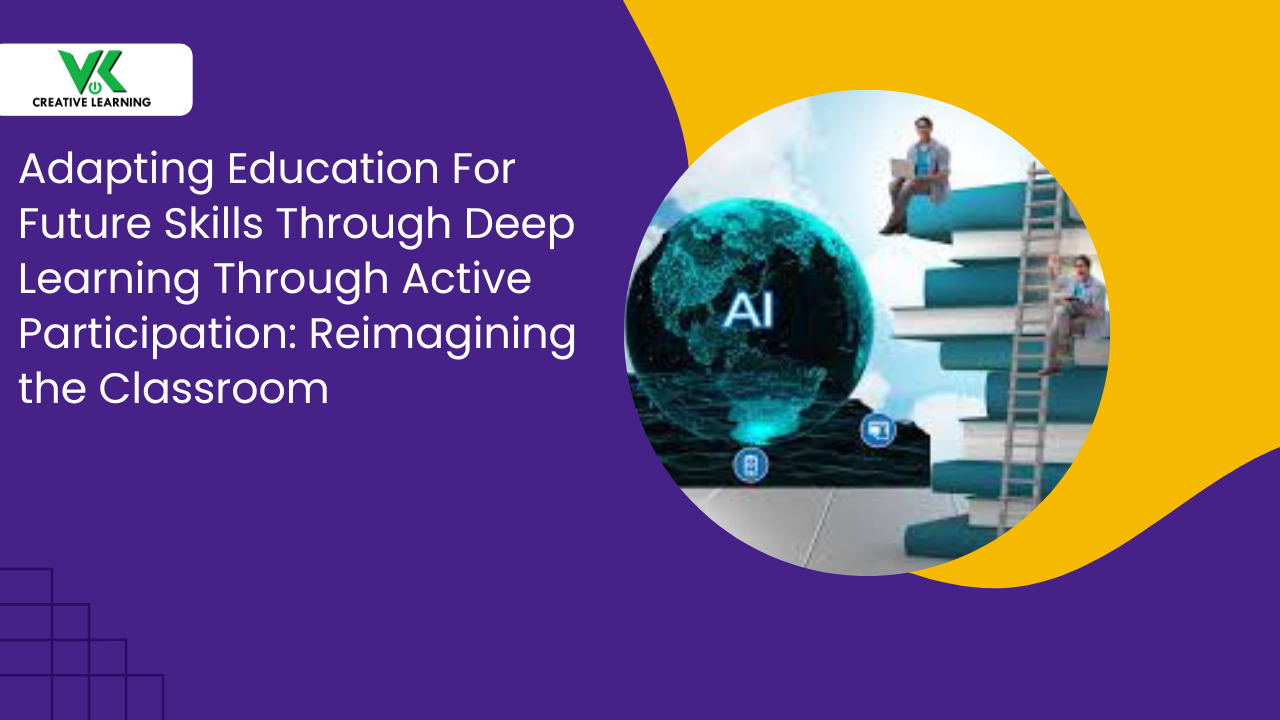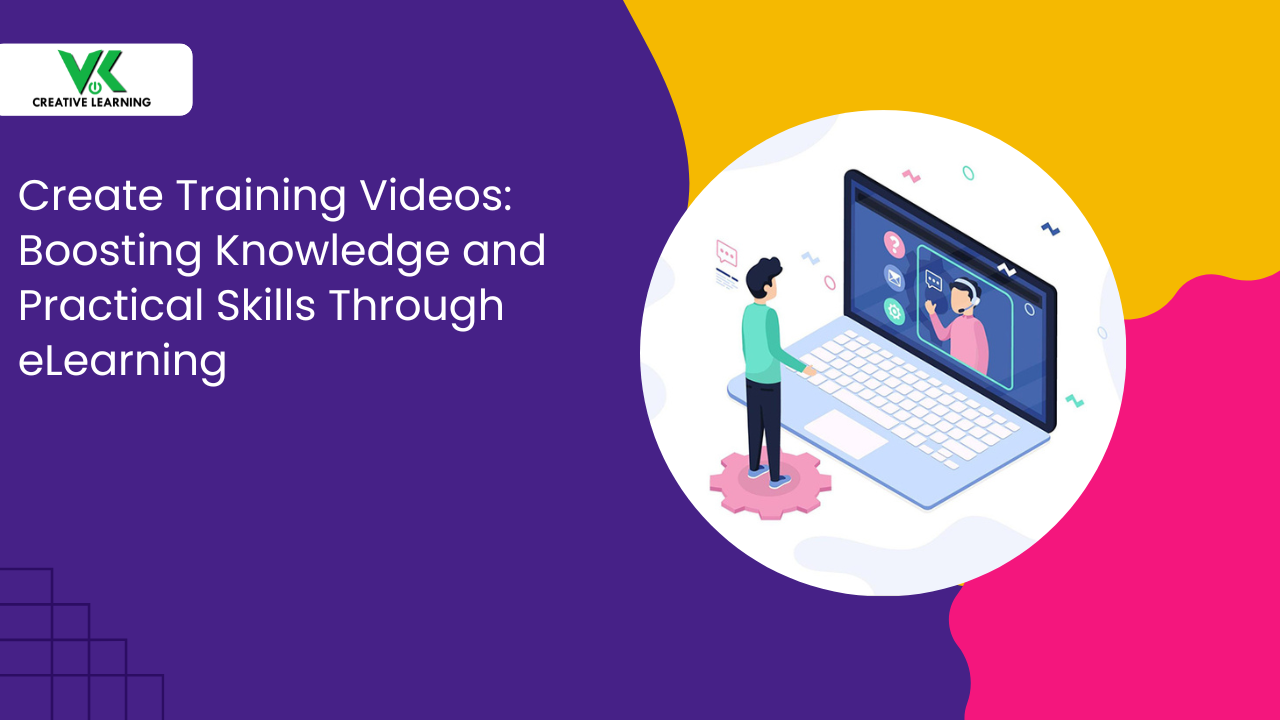Workforce Learning with E-learning for Financial, Corporate, and Industrial Innovation
May 15, 2025
Workforce learning demands accelerated, quick adaptation of instructional technologies to match the innovation pace. These changes in the fintech industry are quick, and companies should comply with them.
Remarkably, markets that are dynamic in nature usher in speedy breakthroughs on a regular basis.
Thus, employees have no option but to remain updated and refresh their knowledge. That is, they need to procure skill updates on an ongoing basis to remain competitive daily.
Therefore, digital platforms such as e-learning can be one of the best options for firms. The reason: they provide shared modules, APIs, and, importantly, consistent modules.
In addition, they also provide what is in demand in the market. Hence, they offer scalable solutions so that superior form of learning and development in the workplace.
Moreover, e-learning platforms consist of multiple intelligent frameworks and adaptive algorithms with inclusive designs. These approaches play a big role in cultivating inclusivity training in the workplace environment.
Thus, workplace learning offers a host of features to execute blended classrooms. Also, it provides an immersive experience with interactive and simulated topic-wise modules. Eventually, this will assist to phase out and transition to learning based on cloud infrastructure.
Keeping these in view, we shall have a look at what the concept of workforce learning using e learning platform is.
Table of Contents:
Understanding E-Learning Platforms for Workforce Learning
E-Learning Features for Workforce Learning Enhancements
- Personalized Learning Trajectories for Varied Workforce Needs
- Competitive Recognition Mechanics
- Incentive-Driven Module Designs
- Realistic Scenario Simulations
- Critical Thinking Cultivation
- Transformative Training Journeys
Understanding E-Learning Platforms for Workforce Learning
E-learning platforms serve up custom e-learning content -- simulations on multiple topics and 3D animations. Simultaneously, these e-learning solutions can push out inclusivity training in the workplace.
These include workshops to address diversity, special attention to bias-awareness, and more. These steps also turn out to be affordable, reliable, and secure. Moreover, adaptive learning modules in e-learning contain progressive difficulty paths.
The workforce learning also has AI-suggested adjustments useful in content creation. Additionally, the virtual corporate and industrial courseware also entails personalized quizzes. Such features in courseware help to boost the level of employee proficiency.
Also, workforce learning and development journeys are designed by intelligent algorithms-based e-learning.
Additionally, included are gamification elements; that is, leaderboards, achievement badges, and interactive challenges. This helps to consistently measure noticeably heightened learner engagement and motivation levels.
E-Learning Features for Workforce Learning Enhancements
Personalized Learning Trajectories for Varied Workforce Needs
Learning paths, such as advancement in knowledge and tracking progress metrics, are part are e-learning courseware. It also encompasses customized pacing, and these adjustment measures are based on performance.
Subsequently, the learning and development workforce department can create training methods to align with learners’ levels. These knowledge-gainers can fall into novice, intermediate, or advanced categories.
Additionally, inclusivity training in the workplace (an essential factor) can be incorporated in e-learning. This inclusivity includes multigenerational teams, multicultural cohorts, and neurodiversity considerations. Thus, people from all varied backgrounds can be taken care of with e-learning.
Furthermore, adaptive modules, adapting to learners’ convenience, can lead to ever-evolving improvements. This would be on a continuous basis via strengthen-with loops. In other words, these would entail self-assessments, peer reviews, and real-time surveys.
Competitive Recognition Mechanics
Game badges for recognition in courseware can be in the form of milestone icons and skill markers. Similarly, e-learning can include leaderboards (that is: scoreboards, ranking tables). These measures, when incorporated, can ignite enthusiasm among learners. Also, they would find the game elements fun and thus, become competitive.
This would lead to healthy rivalry among the trainees and lead to contests. Therefore, games in virtual materials can result in goal-oriented training.
Incentive-Driven Module Designs
When gamified modules (interactive quizzes, simulations) with incentives are introduced in e-learning, this can encourage learners. The motivation can be in the form of a keenness to learn more about topics.
The incentives in e-learning can be reward tokens or badges -- aiding completion of courses.
Realistic Scenario Simulations
The workforce training and development team can include scenario-based simulations that offer challenges. Examples can be, typically, market simulations and risk assessments for financial professionals. The simulations on e-learning play out the processes involved in industries and corporations.
Critical Thinking Cultivation
Learning and development in the workplace also involves special attention to critical thinking skills. Also, other aspects such as analytical reasoning and problem-solving measures are included in e-learning courseware. Interactive animations and games’ inclusion in e-learning related to work duties can be a helpful factor.
Transformative Training Journeys
Insertion of point systems, evaluation, and progress bars in digital courses can be transformative. Reason: they can turn into enjoyable and interesting experiences. Through these elements, learners would remember concepts for a long time.
Measurable Workforce Learning ROI Through Learning Analytics
E-learning Platforms for workforce learning can hand out with deep insights through dashboards. The information entails growth-driven analysis and impact-oriented data.
The provided insights also make understanding of learners' knowledge easy. The insights are in the form of topics clicked by learners, time-on-task completion, and percentages of knowledge-retention metrics.
Moreover, executives can go through highly impactful knowledge-gaining modules. These units are growth-stimulating (in terms of progress), outcome-driven, and boost efficiency.
The learning elements also feature adaptive-assessment tools. This helps to enhance learners' knowledge base. Besides, e-learning can carry out information dissemination easily -- innovation at its best.
The data-driven insights also furnish engagement patterns of learners along with the identification of skill gaps. The completion trends are also spotted by e-learning programs.
Based on these insights, workforce learning can be evaluated, and further investments can be decided. All in all, the insights can also give specifiable training and performance-based ROI assessments.
Conclusion
Digital workforce learning, when incorporated by firms, can bring massive improvement to employees. It can also lead to a high level of innovation as e-learning takes care of inclusivity and follows adaptive training.
Companies wanting to bring in overall improvements in workforce learning should partner with VK Creative Learning. They have been a well-known company in the e-learning industry for workforce training and development.
Importantly, they provide tailored e-learning solutions as per the needs of clients.




